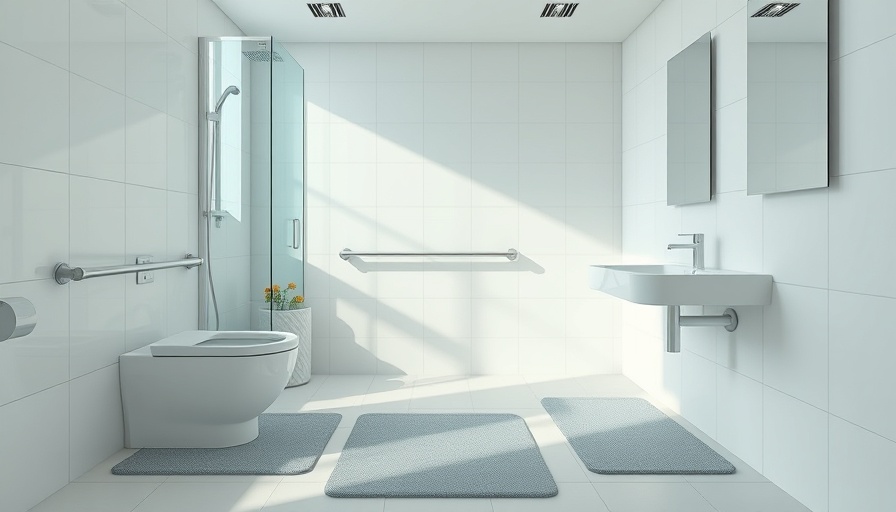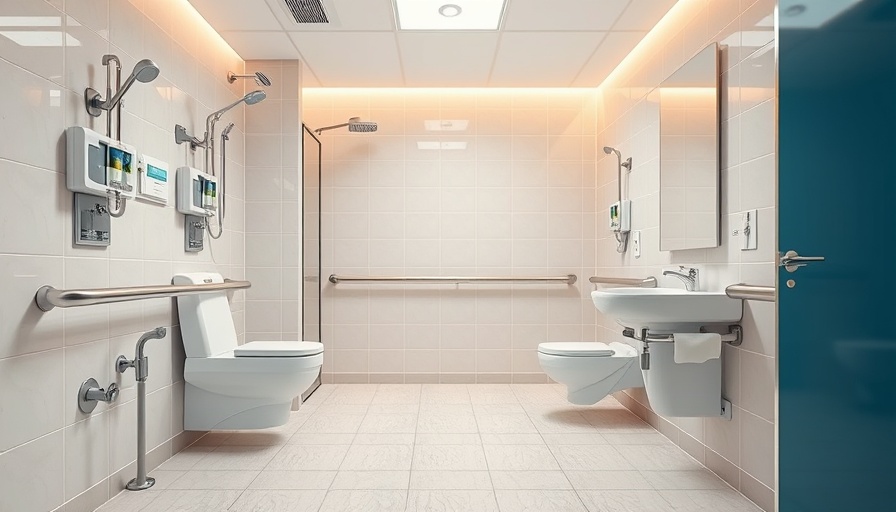
The Bathroom: A Space of Safety and Health
The bathroom is often an overlooked area in our homes when it comes to health and safety, yet it deserves our utmost attention. This personal sanctuary offers countless benefits—from promoting personal hygiene to providing a tranquil space for relaxation. However, it also poses significant risks that can affect individuals of all ages, especially in families with young children or elderly residents. In this article, we will explore safety and hygiene strategies in the bathroom, drawn from expert insights in Ocean County, while also embracing broader perspectives that resonate universally.
Understanding Common Bathroom Hazards
Bathrooms are inherently slippery due to the frequent presence of water, making them one of the most accident-prone areas in our homes. According to the National Safety Council, falls are a leading cause of injury for all age groups—a statistic that raises concerns for vulnerable populations like older adults who may already have mobility challenges. To foster a safer environment, it’s crucial to identify potential hazards.
Common bathroom injuries can stem from wet floors, poor lighting, sharp edges, and cluttered countertops. Regular assessments can help mitigate these risks. Ensuring that your bathroom is practical and safe is not only a necessity for adults but a critical measure to protect children, who may not be aware of these dangers.
Best Hygiene Practices: A Foundation for Health
Hygiene practices are crucial for overall well-being, with the bathroom being the heart of these activities. Regular handwashing with soap and water—especially right after using the restroom or before meals—is vital in preventing the spread of germs. Experts in Ocean County recommend using antiseptic soaps to provide an additional layer of safety.
Moreover, maintaining cleanliness in your bathroom and keeping it well-stocked with hygiene supplies are essential steps. Regular replacement of sponges, towels, and toilet brushes can prevent bacteria buildup, fostering an environment that encourages proactive hygiene among family members.
Practical Modifications for Safety Across Age Groups
To ensure that everyone in the family can navigate the bathroom safely, particularly seniors and children, a few modifications can significantly enhance safety. Installing grab bars near the toilet and in showers can provide necessary support. Non-slip mats and decals can prevent slips, offering peace of mind in addition to safety.
In addition, for families with young children, step stools can facilitate independence in daily hygiene routines. It’s also wise to store harmful products out of reach and utilize childproof locks to ensure safety for younger members, creating an environment where they can thrive safely.
Specialized Needs of Elderly Bathroom Users
As we age, our physical capabilities may wane, leading to unique challenges in the bathroom. For seniors, modifications such as raised toilet seats and handheld shower heads can ease the strain of everyday tasks. These small but impactful changes can provide essential assistance in maintaining independence.
Creating an age-friendly bathroom should also involve assessing visual needs. High-contrast color schemes can help seniors with vision challenges navigate more safely. These adaptations empower older individuals to move confidently within their environment, thus reducing the risk of accidents.
The Importance of Continuous Assessment
Bathrooms need to be evaluated regularly to ensure they meet the changing needs of household members. Engaging in a proactive assessment of bathroom conditions allows you to make timely adjustments to minimize risks effectively. As family dynamics evolve, so should your approach to bathroom safety and hygiene.
Embracing a Culture of Safety and Hygiene
Creating a sanctuary that prioritizes safety and hygiene in the bathroom is more than just a responsibility—it’s a familial commitment to health and well-being. By embracing expert recommendations and fostering an environment where communication around safety can flow freely, families can enjoy their bathrooms without unnecessary worry.
Take Control of Your Bathroom Safety Today!
Keeping your bathroom safe and hygienic is not just a one-time effort; it’s an ongoing journey. We encourage you to assess your bathroom space today. Consider the modifications that would make the space more inviting and safer for everyone in your home. Let's create a culture of safety together!
 Add Row
Add Row  Add
Add 




Write A Comment